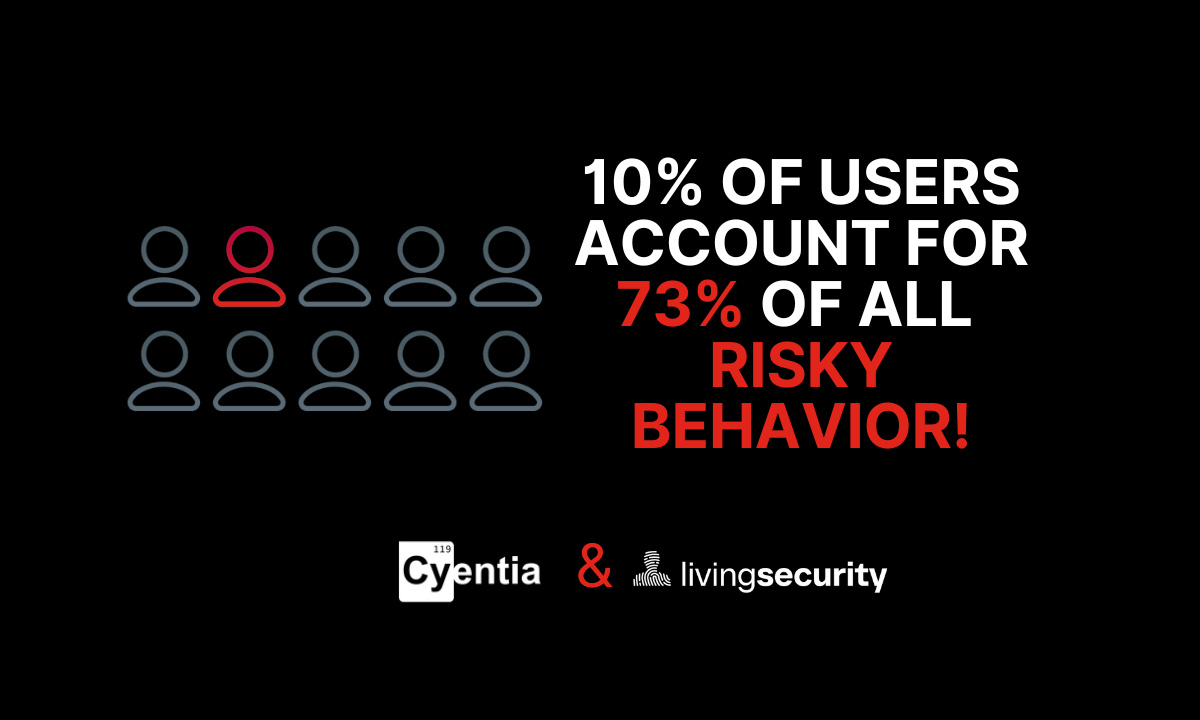Critical Cybersecurity Insights: Just 10% Drive 73% of Cyber Risk

The Path to Unveiling Cybersecurity Vulnerabilities
The 2025 State of Human Cyber Risk Report sheds light on an often overlooked aspect of cybersecurity within organizations: human error. The report reveals that an astonishing 10% of employees are responsible for 73% of cybersecurity risks. This statistic underscores the critical need for targeted cybersecurity strategies focused on human behavior and not just technical infrastructure.
"If you think technology can solve your security problems, then you don’t understand the problems and you don’t understand the technology." - Bruce Schneier
This well-known quote encapsulates the current cybersecurity landscape—where human factors outweigh mere technological fixes in safeguarding sensitive information.
Human Behavior as a Cyber Risk Vector
Understanding human behavior is paramount in minimizing cyber risks. Social engineering attacks often exploit human psychology, convincing employees to unwittingly compromise security protocols. To curtail this, companies need to adopt a holistic approach to cybersecurity that emphasizes continuous education and awareness.
- Implement regular cybersecurity training sessions.
- Adopt human-centered HRM approaches to identify potentially risky behaviors.
- Use technology that complements and bolsters human decisions.
Technology and Human Resource Synergy
One of the critical insights from the report is the synergy required between technology and human resources to effectively mitigate risks. Companies are encouraged to invest in solutions that not only safeguard data but also enhance employees' understanding and responsiveness to potential threats.
Consider investing in comprehensive cybersecurity software solutions available on Amazon that provide both detection and education components.
The Role of Leadership in Cybersecurity
Leadership plays a pivotal role in defining the cybersecurity culture within an organization. Engaging with insightful articles from industry leaders on platforms like LinkedIn can help shape effective policies and strategic frameworks.
Integrating Human Risk Management Tools
The emergence of Human Risk Management (HRM) tools is revolutionary in shaping organizational cybersecurity frameworks. These tools enable companies to distinctly monitor, evaluate, and rectify risky behaviors before they escalate into significant threats.
Explore the NextBigFuture for more in-depth articles detailing how HRM can be transformative for businesses.
Further Reading
For those interested in a deeper understanding, the full 2025 State of Human Cyber Risk Report is a valuable resource. Additionally, explore videos from renowned cybersecurity conferences available on YouTube.
Stay informed and proactive, as the realm of cybersecurity is dynamic and ever-evolving. Follow experts like Bruce Schneier on Twitter for the latest updates and insights.
Regular training and awareness are imperative for minimizing cyber risks associated with human behavior.
